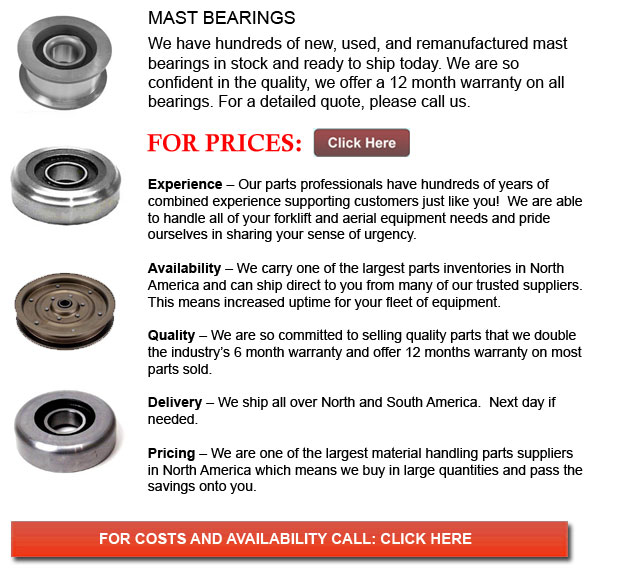
Mast Bearings - A bearing is a device that enables constrained relative motion between at least 2 parts, normally in a linear or rotational sequence. They could be commonly defined by the motions they allow, the directions of applied weight they can take and in accordance to their nature of use.
Plain bearings are very generally utilized. They use surfaces in rubbing contact, usually along with a lubricant such as oil or graphite. Plain bearings may or may not be considered a discrete tool. A plain bearing may have a planar surface which bears one more, and in this particular case would be defined as not a discrete device. It may consist of nothing more than the bearing surface of a hole along with a shaft passing through it. A semi-discrete example would be a layer of bearing metal fused to the substrate, whereas in the form of a separable sleeve, it will be a discrete device. Maintaining the right lubrication allows plain bearings to be able to provide acceptable friction and accuracy at the least cost.
There are different bearings which could help better and cultivate efficiency, reliability and accuracy. In many applications, a more appropriate and exact bearing could improve weight size, operation speed and service intervals, therefore lowering the whole costs of operating and purchasing equipment.
Bearings will differ in materials, shape, application and needed lubrication. For instance, a rolling-element bearing would use drums or spheres among the parts to limit friction. Reduced friction provides tighter tolerances and higher precision than plain bearings, and less wear extends machine accuracy.
Plain bearings are usually constructed utilizing different types of plastic or metal, depending on how corrosive or dirty the environment is and depending upon the load itself. The type and use of lubricants could considerably affect bearing lifespan and friction. For instance, a bearing may function without whatever lubricant if continuous lubrication is not an alternative for the reason that the lubricants can draw dirt that damages the bearings or tools. Or a lubricant may improve bearing friction but in the food processing trade, it could require being lubricated by an inferior, yet food-safe lube in order to prevent food contamination and ensure health safety.
The majority of bearings in high-cycle applications require some cleaning and lubrication. They may need periodic modification to be able to reduce the effects of wear. Some bearings could require occasional repairs in order to prevent premature failure, even though fluid or magnetic bearings may need not much maintenance.
Prolonging bearing life is normally done if the bearing is kept well-lubricated and clean, although, some types of operation make constant maintenance a hard task. Bearings located in a conveyor of a rock crusher for example, are constantly exposed to abrasive particles. Regular cleaning is of little use since the cleaning operation is pricey and the bearing becomes dirty all over again once the conveyor continues operation.
![]() Click to Download the pdf
Click to Download the pdf
Forklift Parts
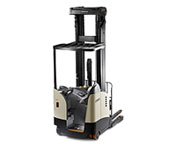
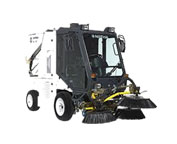
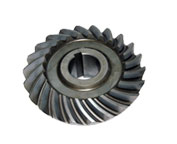
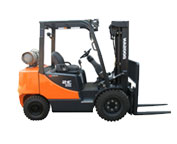
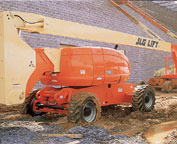
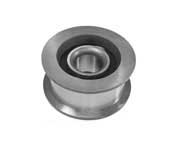
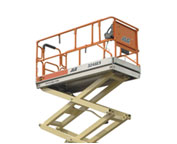
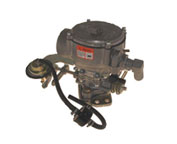
Lift Parts Express
TOLL FREE: 1-888-695-7994
LOCAL: 512-539-0857
2407 S Congress Ave Ste E # 584
Austin, Texas
forkliftpartsaustin.com
Email Us
About Us


